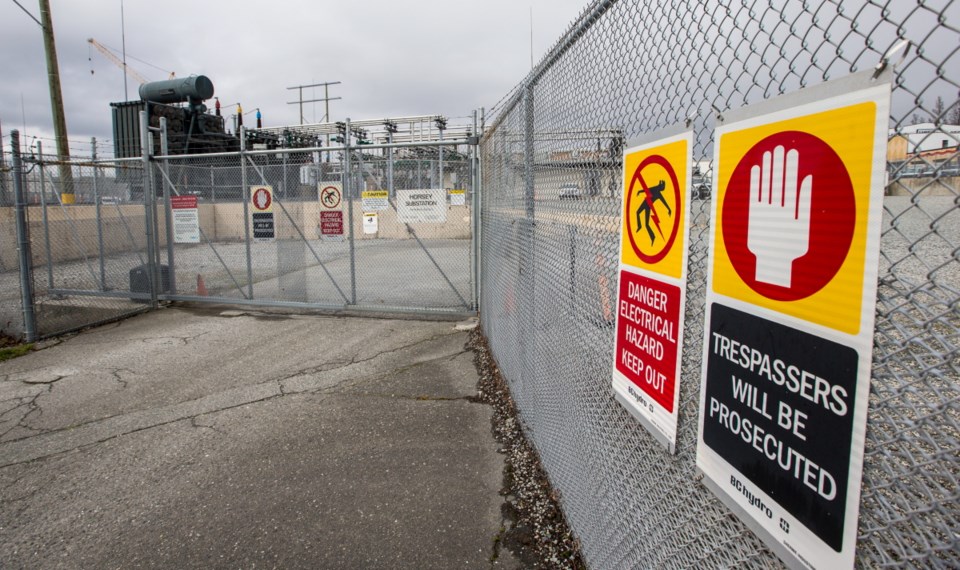At its power substations, crows land on exposed switches, squirrels gnaw through wires and 25 to 30 times a year, such wildlife incursions knock out power to customers, a technologically plugged-in lot that is increasingly impatient about the interruptions.
And the unfortunate animals are most often, quite literally, toast.
So the utility has put out a call looking for contractors to help deploy “animal mitigation materials,” technical talk for finding new ways to keep critters out of its high-voltage equipment at the mostly outdoor facilities.
“Animals cause about five per cent of all outages on our system,” said Hydro spokesman Kevin Aquino in an email.
He said that trees falling onto power lines are a more common cause for outages, accounting for about half of electricity interruptions, “[but] we are seeing an increase in animal-related outages, specifically at substations.”
Aquino said the utility is looking for a contractor to assess substations for their risks for animal conflicts and manufacture materials and devise measures for reducing them. “Our goal is to reduce power outages and our operations and maintenance costs as well as protect the animals from getting harmed,” he said.
Wildlife-rehabilitation expert Rob Hope has seen first-hand the devastating results when eagles, owls and other raptors make contact with power lines.
There is a small entry wound, then a catastrophic exit that leaves a large hole, takes off an extremity or blows the poor bird apart, Hope said.
Survival after encounters is rare.
Hope said in the last year, the centre saw 36 electrocuted birds with only one living to be released.
Birds are the biggest problem at substations followed by squirrels, according to B.C. Hydro’s call for proposals, accounting for 80 per cent of animal outages.
The remaining 20 per cent are caused by raccoons, rats and even domestic cats “feral or cared for” that are attracted the presence of birds.
In its document, B.C. Hydro said understanding animal behaviour will be one of the keys to designing methods for reducing the animal/electricity conflicts.



